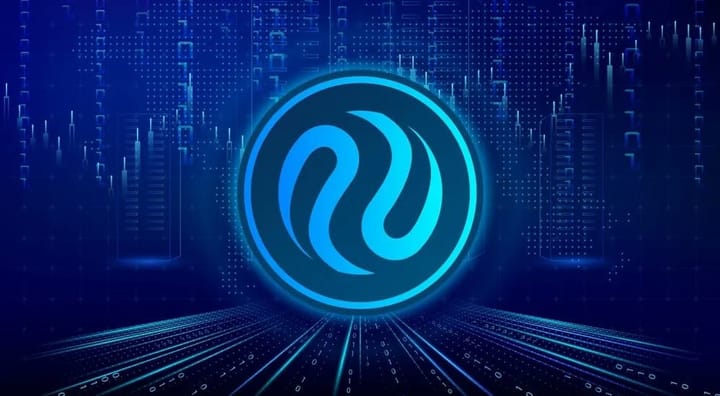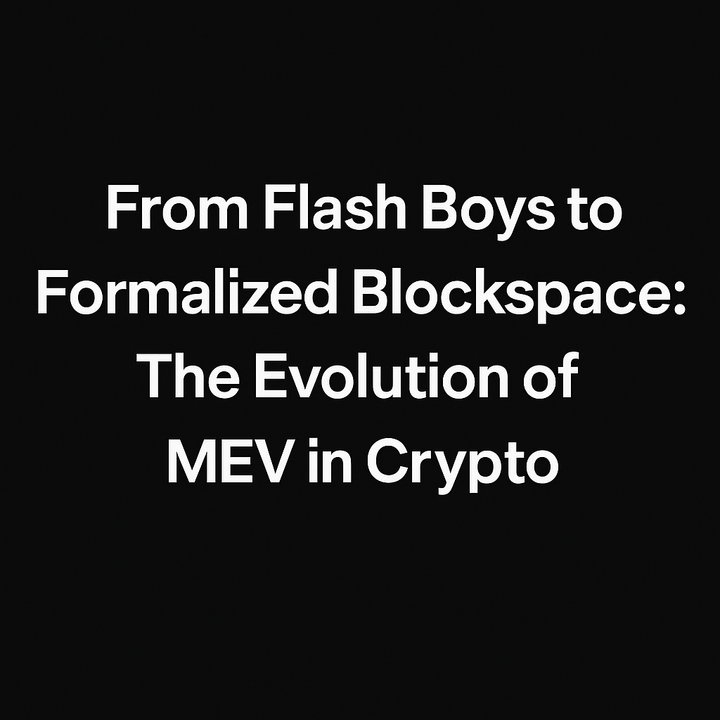Why Crypto Builders Can’t Stop Talking About Mitosis

Introduction – The Buzz You Can’t Ignore
If you’ve been around the crypto and DeFi space lately, you’ve probably noticed one name popping up over and over again in conversations, Twitter threads, and developer chats: Mitosis.
It’s not just another blockchain project fighting for attention. It’s not some temporary hype train that’ll fade in a month. Mitosis is being talked about because it’s solving a real problem that’s been frustrating builders, traders, and liquidity providers for years, how to move value across chains efficiently, safely, and without headaches.
In this article, we’ll break down what Mitosis is, why it matters, and why crypto builders just can’t seem to stop talking about it.
The Problem Mitosis Is Solving
To understand why Mitosis has everyone excited, you first need to know the problem it’s solving.
In crypto today, we have multiple blockchains like Ethereum, Solana, Polygon, Avalanche, BNB Chain, and many more. Each has its own ecosystem, assets, and liquidity.
But here’s the catch: they don’t naturally talk to each other.
If you want to move your tokens from Ethereum to Solana, you often need to:
- Use a bridge (which can be slow, risky, or expensive)
- Swap your tokens to a different asset
- Pay multiple transaction fees
- And wait, sometimes for minutes or even hours
This complexity doesn’t just frustrate users, it makes life harder for builders who want their apps to work across chains.
It’s like building an online store but needing different payment systems for Visa, Mastercard, and PayPal and your customers have to go through a painful process to switch between them.
What Exactly Is Mitosis?
Mitosis is a cross-chain liquidity protocol which is a fancy way of saying:
It’s a system that makes your crypto liquid and usable across multiple blockchains, without forcing you to jump through hoops.
Instead of locking your tokens on one chain and creating wrapped versions on another (like many bridges do), Mitosis uses Matrix Vaults a kind of programmable liquidity layer that works across ecosystems.
Think of it like a universal crypto adapter, one connection point that lets your funds move and work anywhere in DeFi.
Why Builders Love It
Builders in crypto care about two things when it comes to infrastructure:
- Reliability – It has to work without breaking.
- Simplicity – It shouldn’t make development harder.
Mitosis delivers both.
Here’s why:
- One integration, many chains – Instead of writing separate code for each blockchain, developers can connect to Mitosis and instantly unlock cross-chain access.
- No risky bridges – Mitosis avoids many of the vulnerabilities that have caused bridge hacks in the past.
- Programmable liquidity – Builders can design apps where liquidity can move automatically to where it’s most needed.
- Better user experience – End users don’t even notice the cross-chain complexity; everything “just works.”
Example:
Imagine you’re building a DeFi lending app. Without Mitosis, if someone deposits on Ethereum, they can only borrow using Ethereum liquidity. With Mitosis, their deposit could tap into liquidity on Avalanche, Polygon, or any supported chain instantly.
The Mitosis Advantage Over Traditional Bridges
Bridges have been a hot topic in DeFi for the past few years, but also one of the most vulnerable points.
- In 2022 and 2023, bridge hacks led to billions of dollars lost.
- Most bridges rely on locking and minting, which creates attack vectors.
Mitosis takes a different approach:
- Liquidity pooling – Instead of wrapping tokens, it keeps liquidity available on all chains.
- Matrix Vaults – Smart vaults that know where liquidity is and can deploy it instantly.
- No double-handling of assets – Less complexity means fewer weak points.
This makes Mitosis more like a multi-chain liquidity engine than a traditional bridge.
Real-World Analogy – Mitosis as an Airport
If you’ve ever traveled internationally, you know airports are hubs. You fly into a hub, and from there, you can connect to hundreds of other destinations without having to book a brand-new trip from scratch.
Mitosis works the same way for your crypto.
Instead of you moving funds from Chain A to Chain B through multiple steps, Mitosis acts like the hub airport, it routes your liquidity where it needs to go in one smooth trip.
How Mitosis Changes the Game for Users
Even though this article is about why builders love Mitosis, the truth is, users benefit just as much.
With Mitosis:
- You can trade, borrow, or stake across chains without even realizing you’re crossing chains.
- You avoid paying multiple fees for multiple swaps.
- You don’t have to learn a dozen different tools just to move your money.
The result?
Crypto starts feeling as easy as using one app, not ten different ones.
Programmable Liquidity – The Secret Sauce
One of the most exciting things about Mitosis is programmable liquidity.
Normally, liquidity just sits wherever you put it. If you lock ETH on Ethereum, it’s stuck there until you move it.
With programmable liquidity, Mitosis can automatically shift assets to where they’re most useful.
Example:
- If lending rates on Polygon suddenly spike, Mitosis can move some liquidity there so you (and others) can earn more.
- If a big trading event happens on Avalanche, liquidity can flow there to handle the volume.
It’s like having a smart fund manager that constantly works to make your crypto more productive without you lifting a finger.
Mitosis for DeFi Builders – A Tool, Not Just a Network
Builders see Mitosis not just as a protocol, but as a toolbox.
Here’s what they can do with it:
- Build cross-chain DEXs that feel like a single platform
- Offer lending and borrowing that spans multiple chains
- Create yield strategies that chase the best returns automatically
- Enable NFT marketplaces that accept and settle in assets from anywhere
This flexibility is why Mitosis is showing up in hackathons, dev conferences, and startup pitches.
Security – A Non-Negotiable
Crypto builders know one thing for sure:
A protocol is only as good as its security.
Mitosis puts security front and center by:
- Using audited smart contracts
- Minimizing attack surfaces by not relying on wrapped assets
- Designing with modular architecture so parts can be upgraded without breaking everything
This approach not only keeps funds safer but also makes it easier for developers to trust the system for mission-critical apps.
The Network Effect – Why Momentum Matters
Every new builder who integrates Mitosis makes the protocol more useful for the next one.
- More integrations mean more liquidity.
- More liquidity means faster, cheaper, and smoother transactions.
- That attracts more users, which attracts more builders.
It’s a self-reinforcing loop and it’s one reason why you’ll keep hearing about Mitosis as time goes on.
The Future – Beyond Just Liquidity
While Mitosis is starting as a liquidity protocol, the roadmap suggests it could become a core infrastructure layer for crypto.
We could see:
- Cross-chain governance tools
- Unified identity systems for DeFi
- Decentralized apps that don’t care what chain you’re on
If that happens, Mitosis won’t just be part of DeFi, it’ll be part of the internet of value itself.
Final Thoughts – Why the Hype Is Justified
Crypto has seen its share of overhyped projects. But when builders, the people actually creating the tools and apps get this excited, it usually means something is working.
Mitosis:
- Solves a real problem
- Makes life easier for both developers and users
- Improves security compared to older solutions
- Opens doors for entirely new kinds of applications
That’s why crypto builders can’t stop talking about it and why you’re likely to hear even more about Mitosis in the months and years to come.



Comments ()